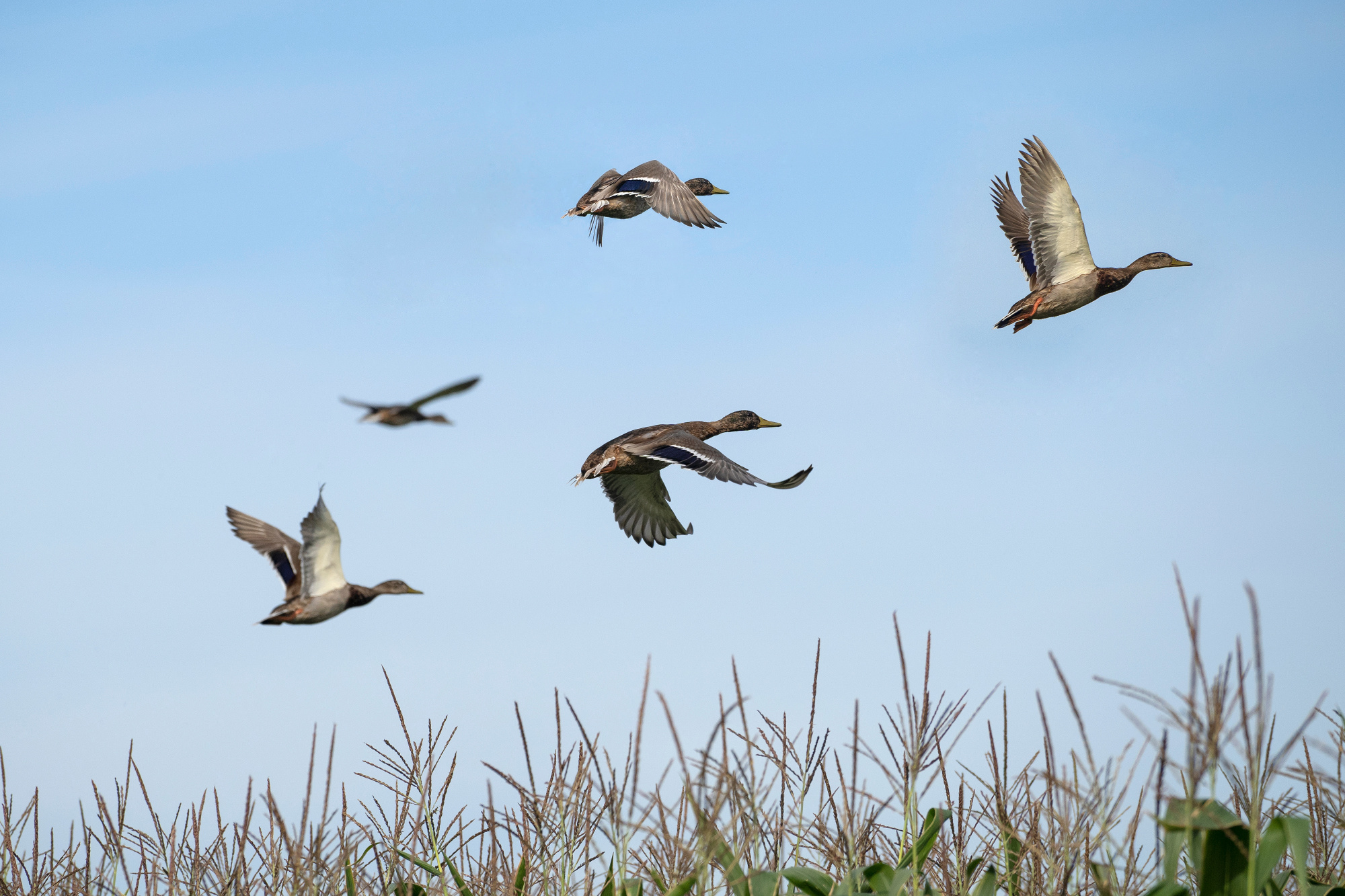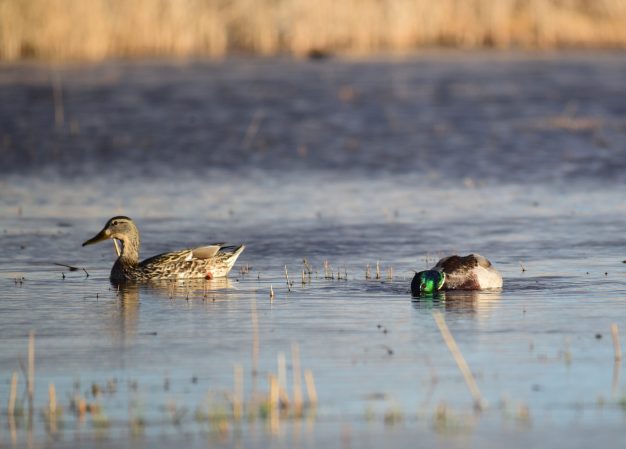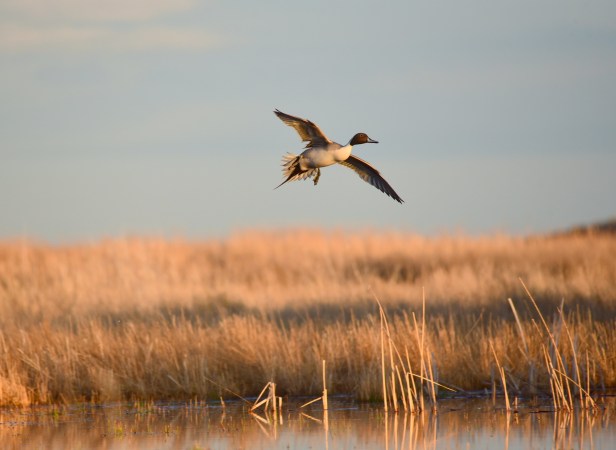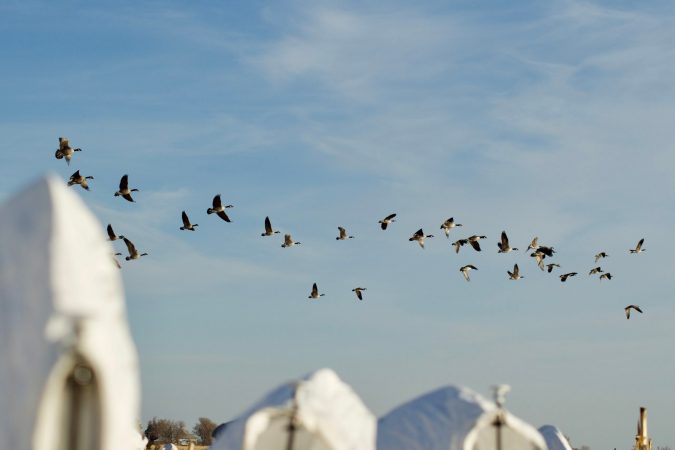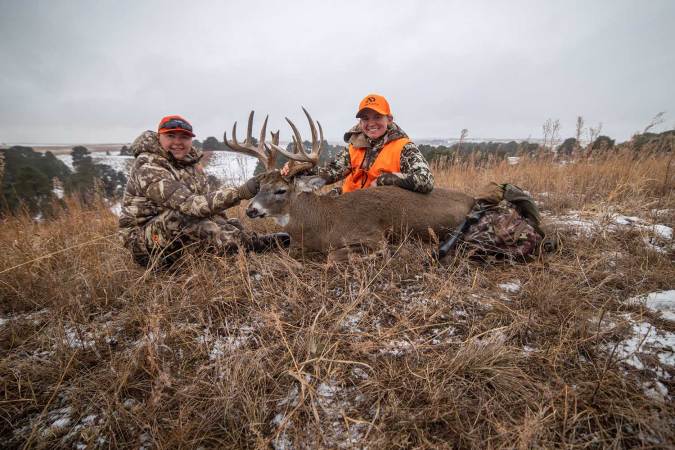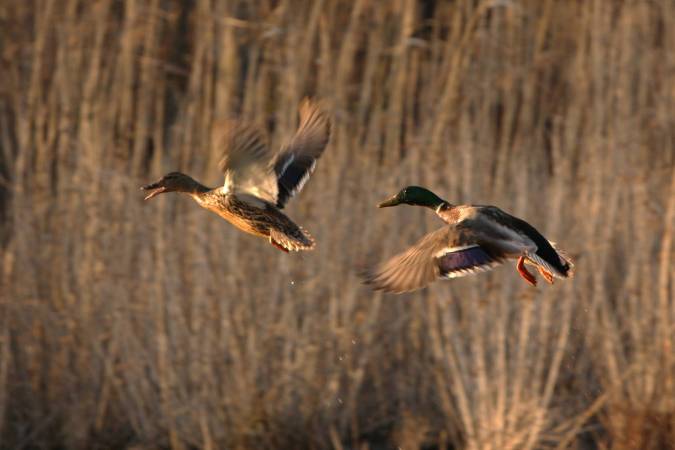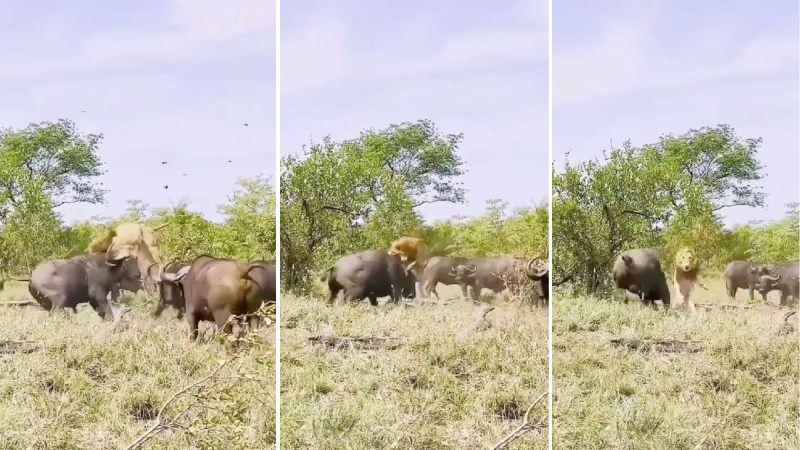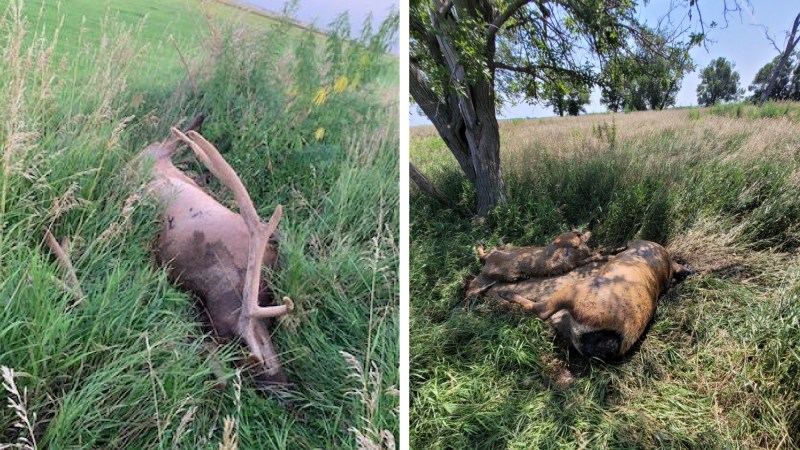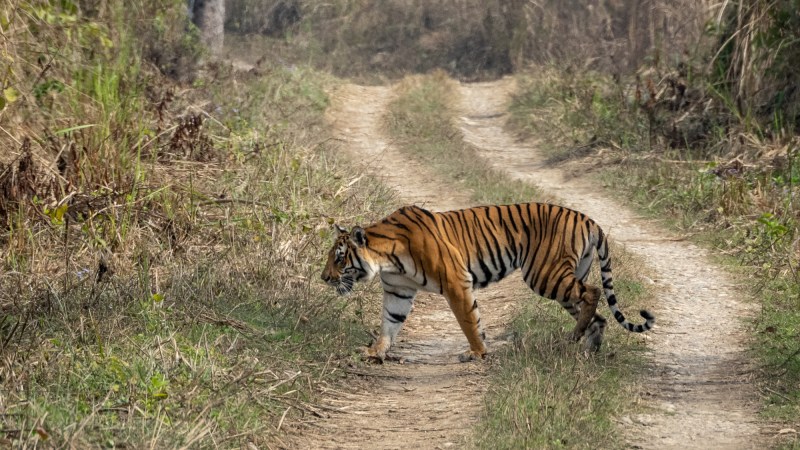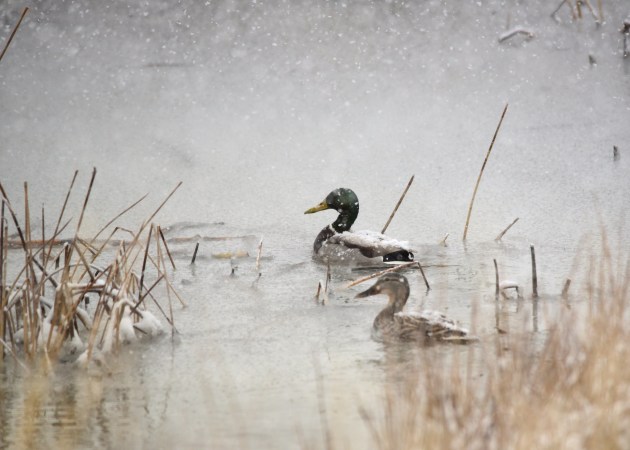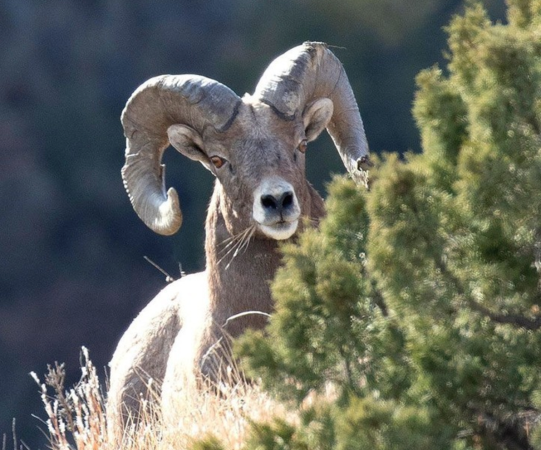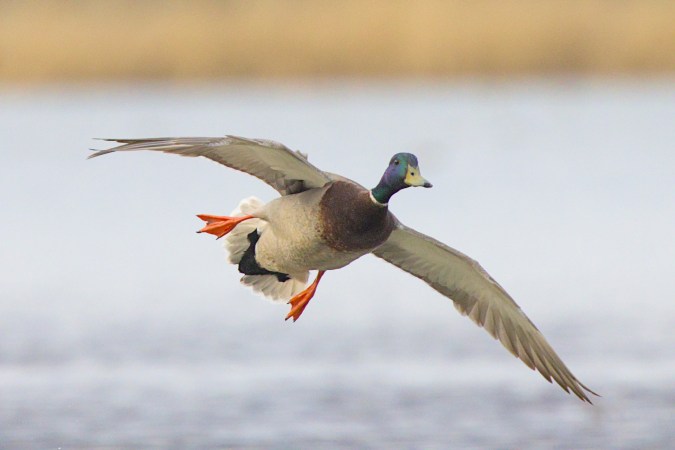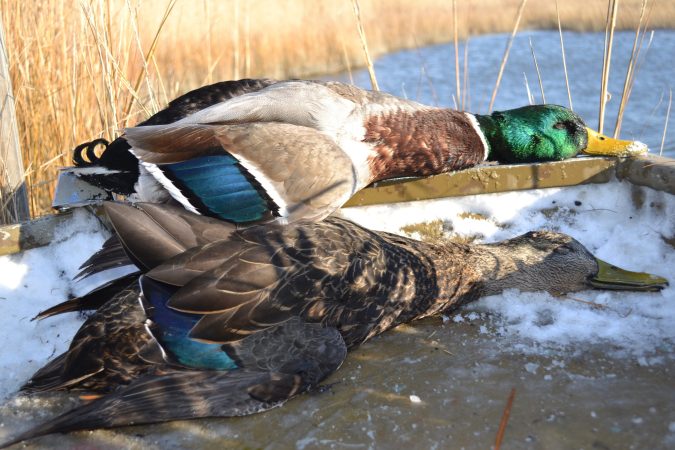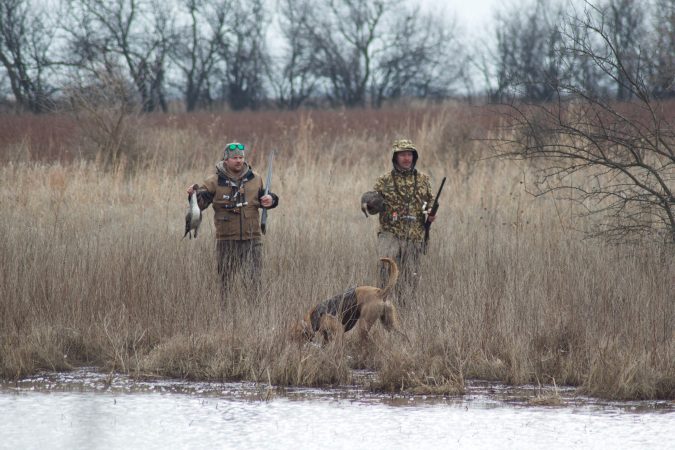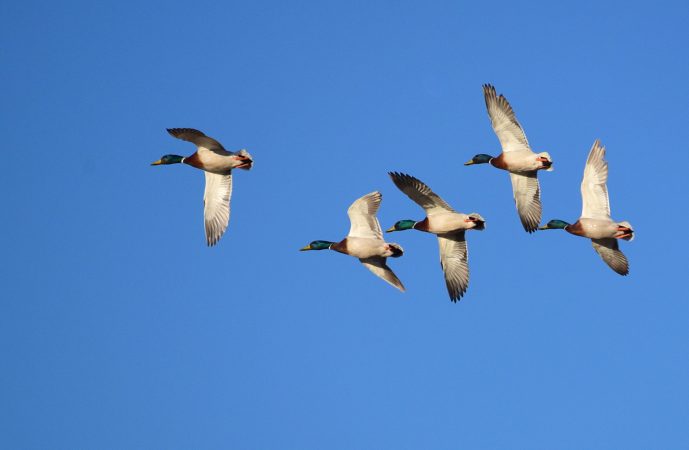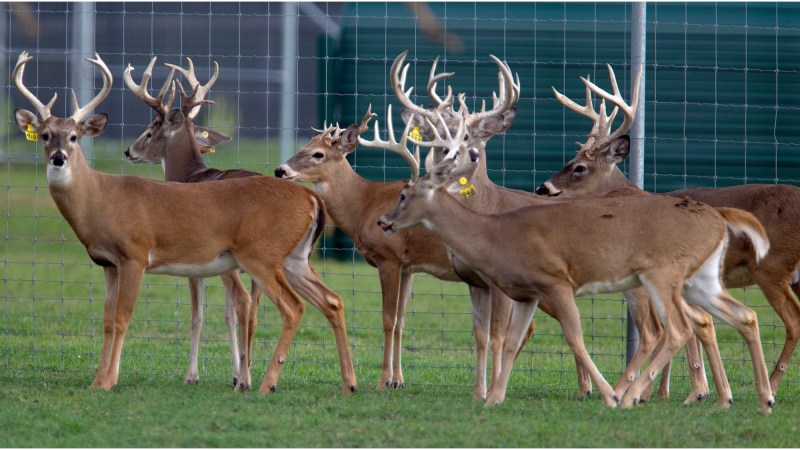North Dakota’s 58th annual duck brood survey produced a mixed bag of results headlined by a 79 percent jump in brood numbers over 2021 and an 88 percent jump over the long-term average. But, like with most waterfowl survey results, there’s more going on than meets the eye, North Dakota Game and Fish migratory game bird management supervisor Mike Szymanski tells Outdoor Life.
The increase in brood numbers follows up drearier results from the 76th annual breeding survey in May, which showed just a 1.5 percent increase in the overall duck index from 2022. That still accounts for a 39 percent increase in the duck index over the long-term average. Szymanski reinforced that some celebration is certainly in order.
Read Next: The Best Duck Hunting Shotguns
“The 10,000-foot view would be that we had a mix of good population in the spring going into the breeding season, and pretty good conditions. It worked out pretty well despite our challenges with declining nesting habitat on the landscape,” Szymanski says. “So it was one of those Goldilocks years. It was a strong year for production.
“But,” he continues, “if we had the grass that we had 10 years ago, it might have been an absolute blockbuster of a year.”
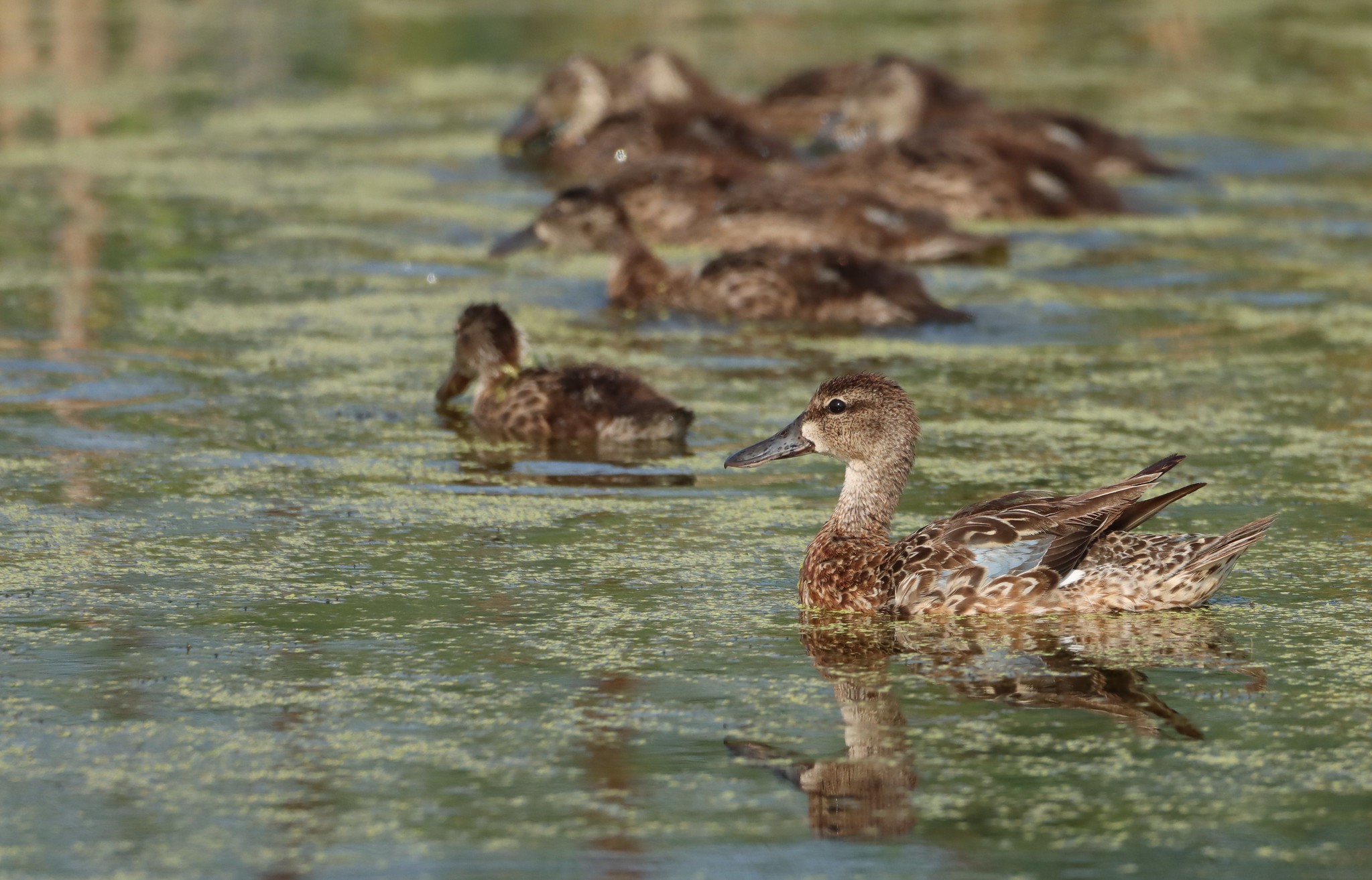
By that, Szymanski means the results would have been lightyears better if habitat availability were what it was a decade or two ago. The state has lost more than two thirds of its CRP acreage in the last 15 years, down from 3.4 million acres in 2008 to roughly 1 million acres this year. As a result, dabbling duck numbers are way down and diving duck numbers comprise much of the lauded 80-percent increase, despite the fact that much of northern North Dakota is in severe or moderate drought.
“When you put it in context, it starts to not look quite as good,” he says, noting that the composition of the brood index speaks volumes about what’s really going on. “We have record brood numbers this year for diving ducks. But they nest over water, so they’re not affected by the loss of CRP. They’re more impacted by the great wetland conditions we had, which started last year and carried over into this year. So those diving ducks made a much higher contribution to the duck brood index than they normally do, about three times higher than normal. But then when you look at our dabbling duck numbers compared to when we had a lot more CRP, say 1994 to 2000, and pretty much all of our dabbling ducks are below that average. The only species that was really above that index were gadwall.”
He pointed at mallards as a specific example of the dabbling duck fall-off. From 1994 to 2020, the average duck brood index for mallards was 130 broods. This year, NDGF counted 104.
“It’s a very good number, it’s better than the long-term average, but it’s still a fair bit below what we were seeing when we had a lot of CRP,” Szymanski says. “That’s the difference between good and great.”
Read Next: Famous YouTuber Who Left NYC for Bozeman Enrgaes Montanans
At the end of the day, Szymanski says he’s trying to be a realist rather than a pessimist about the situation as a whole. And when he looks at the numbers from a national perspective—some of which were just released in the U.S. Fish and Wildlife Service’s annual waterfowl survey results—he says North Dakota will be a bright spot for duck hunters this fall.
“People get the wrong impression sometimes when they see the duck brood numbers are up 80 percent. Well, it’s just better than what it was last year. But nonetheless, it adds a shining point for duck production,” he says. “Just looking at the breeding population numbers from May across the continent, it looks like North Dakota was the stronghold for where a lot of ducks settled. We had pretty good wetland conditions, so we’re sort of a [standout] in a larger continental population that didn’t do so well.”

